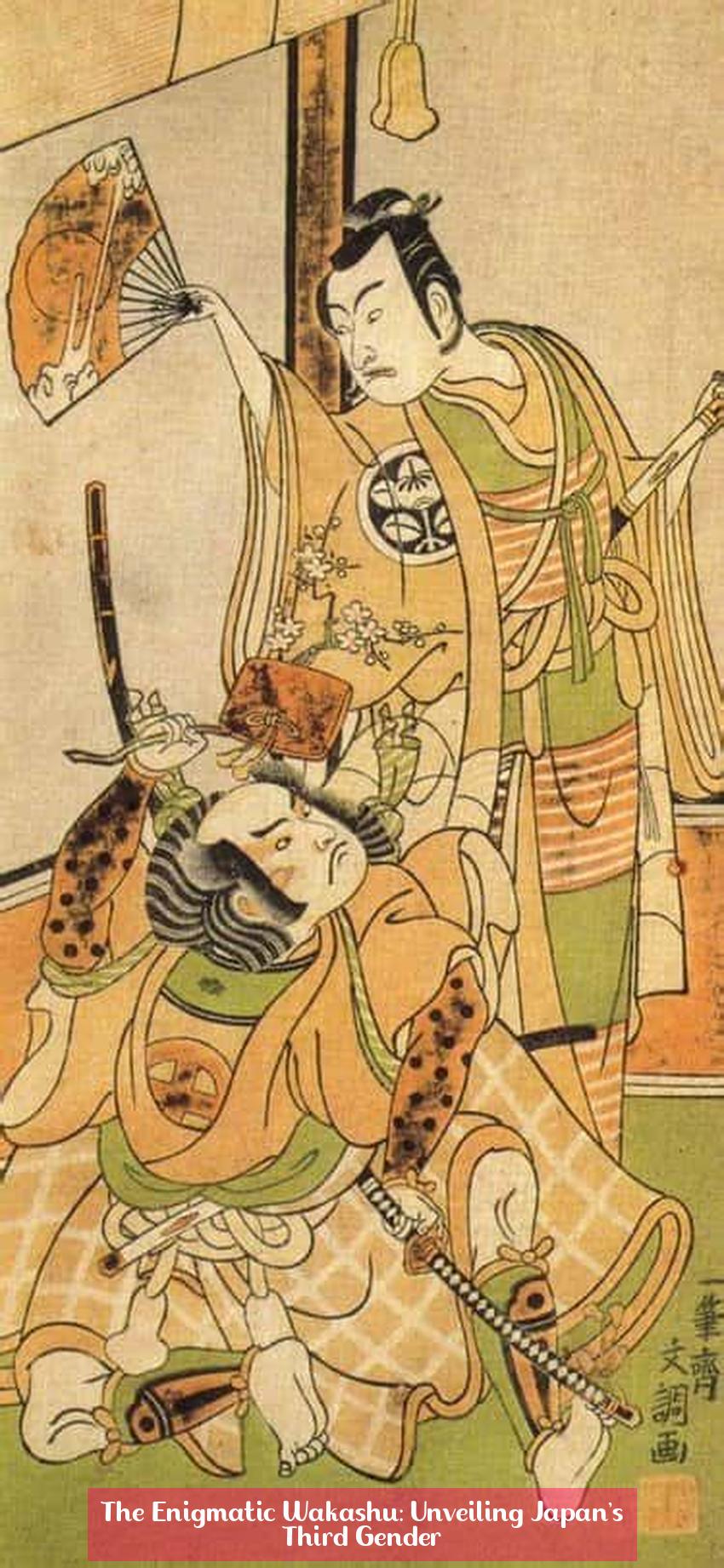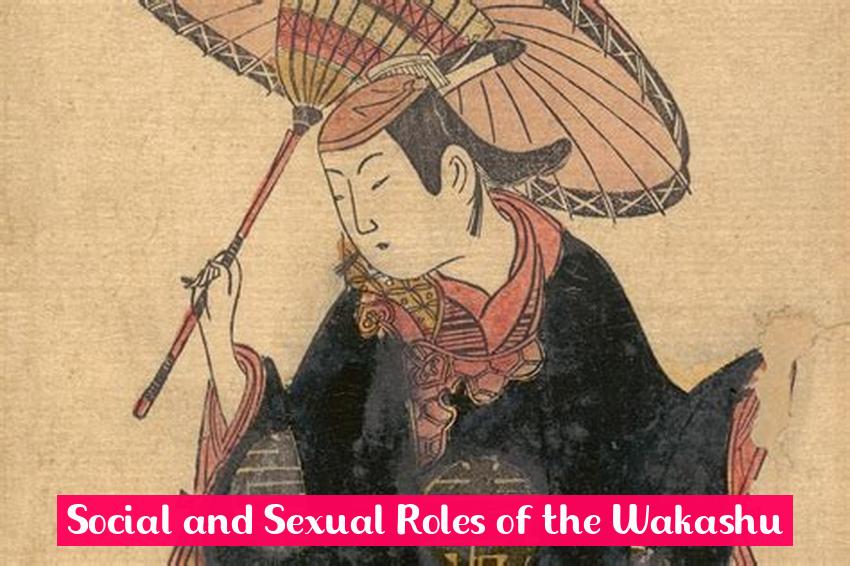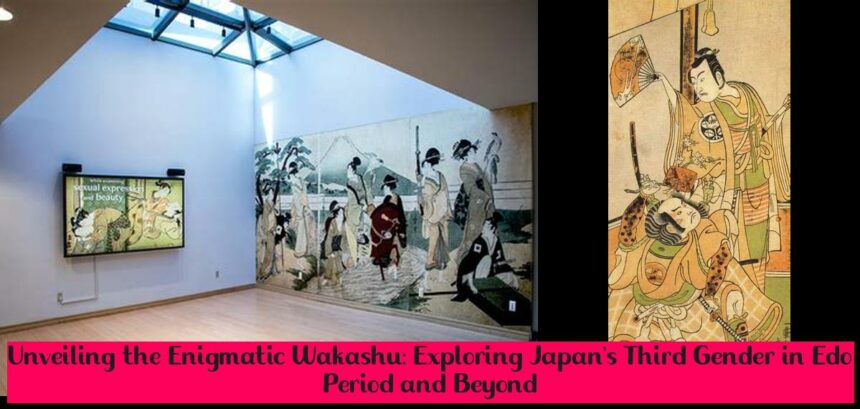Unveiling Japan’s Third Gender: The Enigmatic Wakashu
Step into the fascinating world of Edo Japan and discover the enigmatic Wakashu, an intriguing third gender that defies traditional notions of male and female. From their social and sexual roles to their disappearance in modern times, this blog post delves into the captivating history of the Wakashu and explores other third genders beyond Japan. Get ready to navigate gender fluidity and gain a glimpse into Japan’s complex gender landscape. Let’s embark on this eye-opening journey together!
Now Trending — Unraveling the Mystery: The Cultural Significance of Atarashii Gakko’s Red Armbands
Key Takeaways
- The third Japanese gender is known as “wakashu,” which refers to male youths who played distinct social and sexual roles during the Edo period.
- Wakashu were sexually mature but free of adult responsibilities, and it was socially acceptable for them to be enjoyed as sex partners by both women and men.
- The concept of the third gender is not limited to Japan and is present in societies that recognize three or more genders, where individuals are categorized as neither a man nor a woman.
- Historically, the “eunuchs” of the Ancient Eastern Mediterranean world have been interpreted as a third gender, inhabiting a liminal space between women and men.
- The third gender concept is not exclusive to Japan and has been observed in other cultures, such as the hijras in India, who consider themselves neither male nor female, but a different gender altogether.
- The third gender concept is also present in the interpretation of the “chūsei” in Japanese history, describing a person who feels not quite female or male, but somewhere in-between.
The Enigmatic Wakashu: Unveiling Japan’s Third Gender

In the annals of history, the concept of gender has undergone a kaleidoscope of transformations, transcending the binary constructs of male and female. Societies across the globe have recognized the existence of individuals who defy these conventional categories, occupying a liminal space between or beyond the traditional gender spectrum. Japan, with its rich tapestry of culture and tradition, is no exception. This article delves into the fascinating world of the wakashu, Japan’s historical third gender, shedding light on their unique social and sexual roles during the Edo period.
Wakashu: A Third Gender in Edo Japan
The term “wakashu” translates to “young man” or “youth” in Japanese. During the Edo period (1603-1868), wakashu were male youths who played distinct social and sexual roles. As they reached puberty, their heads were partially shaved, leaving a distinctive triangle-shaped cut, marking their transition into this liminal gender category.
Social and Sexual Roles of the Wakashu

The wakashu occupied a unique position in Edo society, distinct from both adult men and women. They were sexually mature but free from adult responsibilities, allowing them to engage in relationships with both men and women. This fluidity of sexual expression was socially acceptable and even celebrated, reflecting the nuanced understanding of gender and sexuality in pre-modern Japan.
Beyond Japan: Exploring Other Third Genders
The concept of a third gender is not exclusive to Japan. Throughout history, various cultures have recognized individuals who fall outside the binary gender framework. In India, the hijras, a marginalized community, identify as neither male nor female but as a distinct gender altogether. Similarly, the “eunuchs” of the Ancient Eastern Mediterranean world have been interpreted as a third gender, inhabiting a space between men and women.
Read Also : Boys Planet: Tomboy’s Score Revealed and Top Teams’ Stellar Performances
The Chūsei: Navigating Gender Fluidity
In Japanese history, the term “chūsei” emerged to describe individuals who felt neither entirely male nor female but somewhere in between. This concept of gender fluidity aligns with the experiences of many non-binary and genderqueer individuals today, demonstrating the universality of gender identities beyond the binary.
Evolving Gender Roles: The Disappearance of the Wakashu
With the Meiji Restoration in 1868, Japan underwent a period of rapid modernization and Westernization. This transformation brought about significant changes in social and cultural norms, leading to the decline of the wakashu tradition. By the early 20th century, the concept of a third gender had largely disappeared from mainstream Japanese society.
Conclusion: A Glimpse into Japan’s Gender History
The wakashu of Edo Japan offer a fascinating glimpse into the fluidity and diversity of gender expression throughout history. Their existence challenges traditional notions of binary gender and underscores the importance of recognizing and celebrating the spectrum of human identities. As societies continue to grapple with issues of gender equality and inclusivity, the wakashu serve as a reminder that gender is a complex and multifaceted aspect of human experience, transcending simplistic categories.
What is the third Japanese gender?
The third Japanese gender is known as “wakashu,” referring to male youths who played distinct social and sexual roles during the Edo period.
What are the characteristics of the wakashu?
Wakashu were sexually mature but free of adult responsibilities, and it was socially acceptable for them to be enjoyed as sex partners by both women and men.
Is the concept of the third gender limited to Japan?
No, the concept of the third gender is not limited to Japan. It is present in societies that recognize three or more genders, where individuals are categorized as neither a man nor a woman.
What are some examples of the third gender in other cultures?
The third gender concept is present in other cultures, such as the hijras in India, who consider themselves neither male nor female but a different gender altogether. It is also observed in the interpretation of the “eunuchs” in the Ancient Eastern Mediterranean world.
What is the third gender in history?
In history, the “eunuchs” of the Ancient Eastern Mediterranean world have been interpreted as a third gender, inhabiting a liminal space between women and men, understood in their societies as somehow neither or both.







